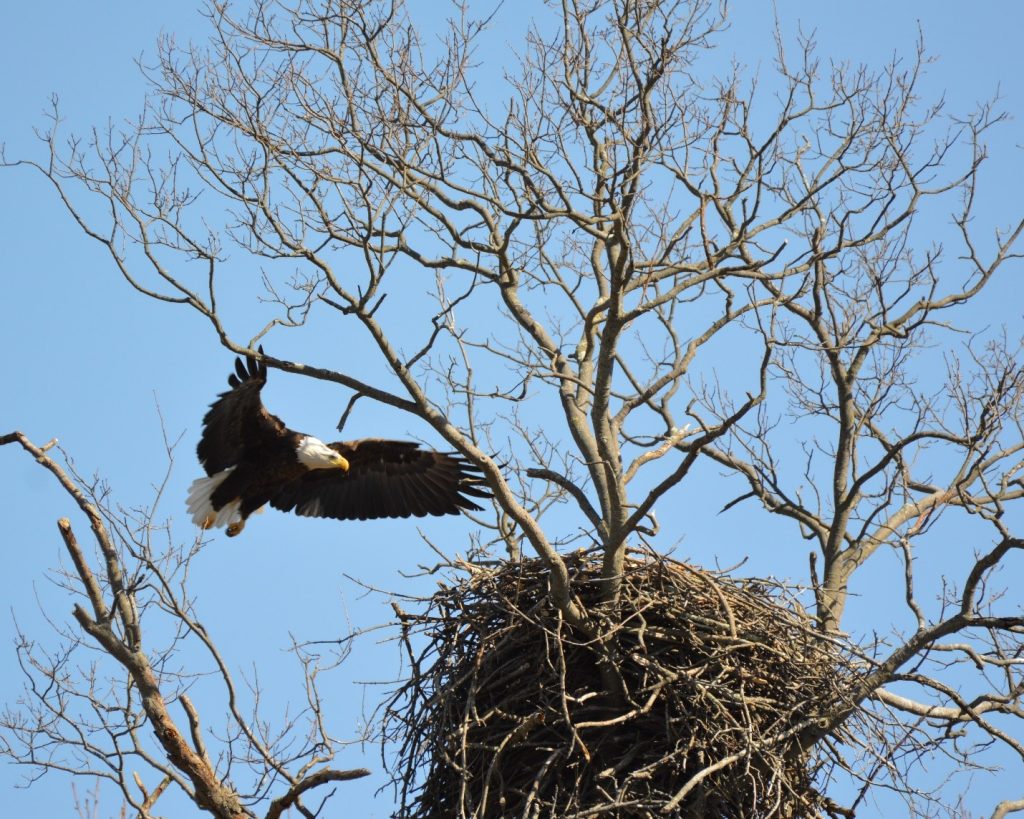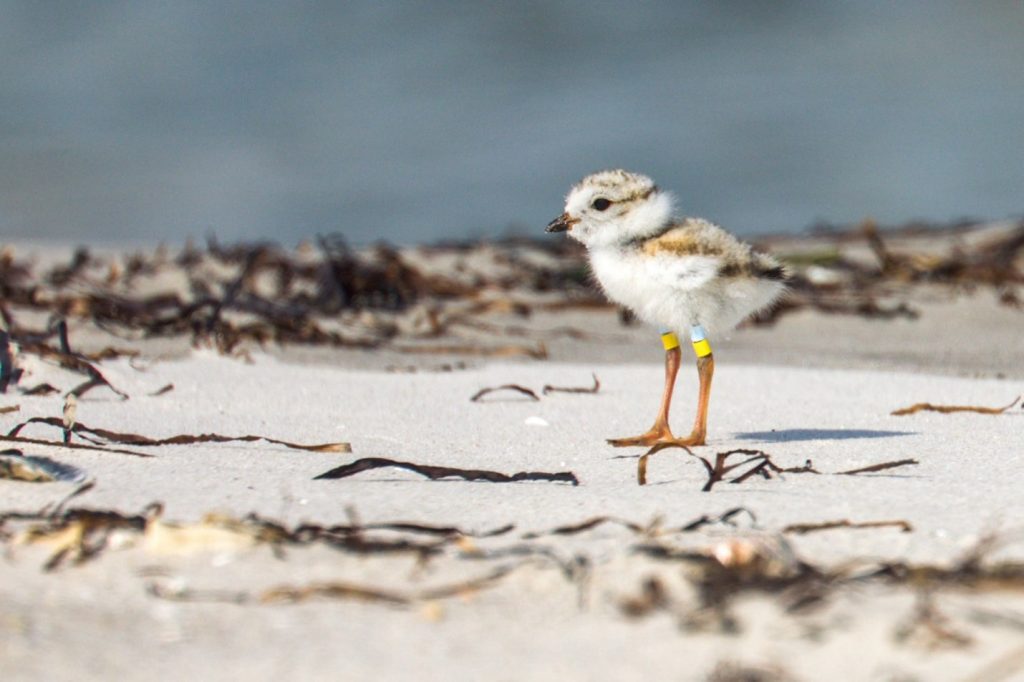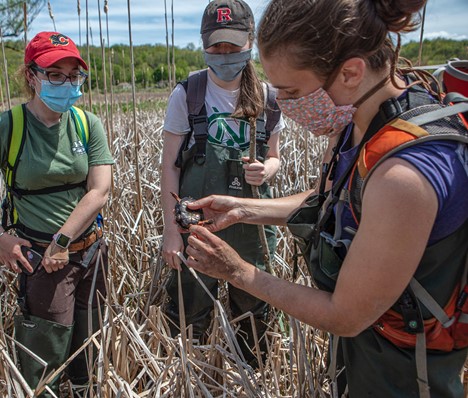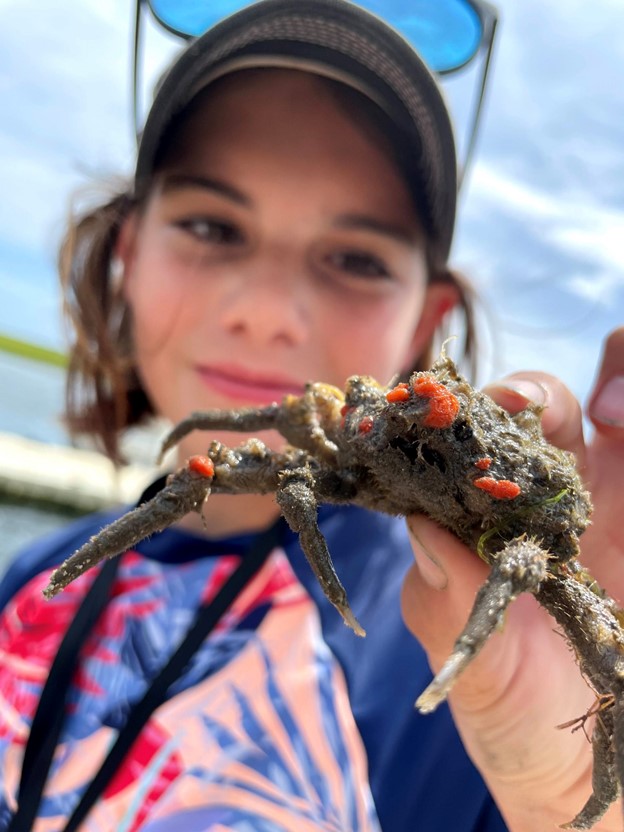
Just imagine what New Jersey would be like if we had no wildlife? No ospreys along our beautiful shoreline, no majestic eagles soaring throughout our skies, no amphibians to see and hear during springtime showers, no rare sightings of a bobcat leaping through our woodland forests. Thanks to the Conserve Wildlife Foundation of New Jersey (CWF), we will continue to enjoy the sights and sounds of nature that enrich our lives in the most densely populated state in the nation through its mission to protect rare and at-risk wildlife.
The work of CWF is challenging but rewarding. New Jersey was down to just one pair of bald eagles in the early 1980s due to the devastating effect of the insecticide DDT. However, with diligent field science, habitat restoration and a dedicated team of volunteers, CWF now monitors 225 nesting pairs statewide. An amazing accomplishment for which they are proud!

Their hard-working staff of biologists and volunteers are “boots on the ground” every day. Along the coast, they’ve installed nearly 200 nesting platforms for recovering ospreys in addition to surveying and banding these beautiful birds. Their scientists have worked for nearly two decades to help protect beach nesting birds such as least terns, American oystercatchers, and black skimmers through habitat restoration, predator exclosures, and volunteer stewardship.
Ever go to the beach and wonder what those cute little sand-colored birds feeding at the shoreline are? Piping plovers are listed as endangered in New Jersey. To protect and encourage the breeding of this species, CWF helped lead the effort to enhance 40 acres of beach and dune at Barnegat Light to provide sustainable habitat.

If you’ve ever been to Edwin B. Forsythe National Wildlife Refuge in Barnegat with its coastal plains and wetlands, you might have witnessed the beautiful diamondback terrapin along the side of the road or even crossing it. CWF biologists work to protect diamondback terrapins through various projects such as installing fencing along high-fatality crossings like Great Bay Boulevard, conducting ghost crab pot removals in Barnegat Bay, and building turtle gardens to entice nesting terrapins to safer locations along coastal causeways.
Further south and west along the Delaware Bay shore, CWF and the NJ State Endangered and Nongame Species Program have partnered for 25 years to conduct research on shorebirds, particularly red knots, aimed at preventing their decline. This work includes surveys, trapping, processing, and banding to evaluate condition, attaching nano-tags to track birds along their migration route, and supporting beach closures during shorebird season to ensure resting and foraging shorebirds are not disturbed.
To the north, CWF’s Amphibian Crossing Project has assisted thousands of migrating salamanders, frogs, and toads across busy roads to their vernal pool breeding sites. Much of their work to protect New Jersey’s endangered bog turtle population is also to the north where they utilize surveys, monitoring, habitat restoration, invasive species control, and encourage landowners to consider habitat easements or enhancement.

Their bat conservation efforts span the state, including mist-netting surveys and tracking, using radio telemetry, mobile and stationary acoustics, and summer bat counts, along with efforts to educate and assist the public with bats in their homes. They also support the recovery of peregrine falcons throughout the state by monitoring nests for activity and maintaining nesting towers.
Education is key to CWF’s mission. Their education program builds virtual and/or hands-on STEAM (Science, Technology, Engineering, Art, and Mathematics) activities around their wildlife webcams. They develop a wildlife-based curriculum and lesson plans to meet State standards to create a pathway for underserved students to enter STEAM careers. They offer monthly elementary school programs in Essex, Union and Mercer Counties, summer learning experiences at Duke Farms and along the coast, as well as an annual art and essay contest with 2,800 fifth-graders participating statewide. They also have middle school and high school multimedia programs, educational field trips, and teacher professional development workshops statewide.

As you can see, their conservation work never stops. With the support of their partners, CWF will continue to strengthen their wildlife populations and educate people of all ages about New Jersey’s wild heritage so we may continue to enjoy the joys of nature that surround us.
Please follow them online @wildlifenj on Facebook, Instagram, and Twitter. You can also get more involved and go visit their new headquarters at 2 Preservation Place in Princeton. For even more information about Conserve Wildlife Foundation of New Jersey and its mission, visit www.conservewildlifenj.org